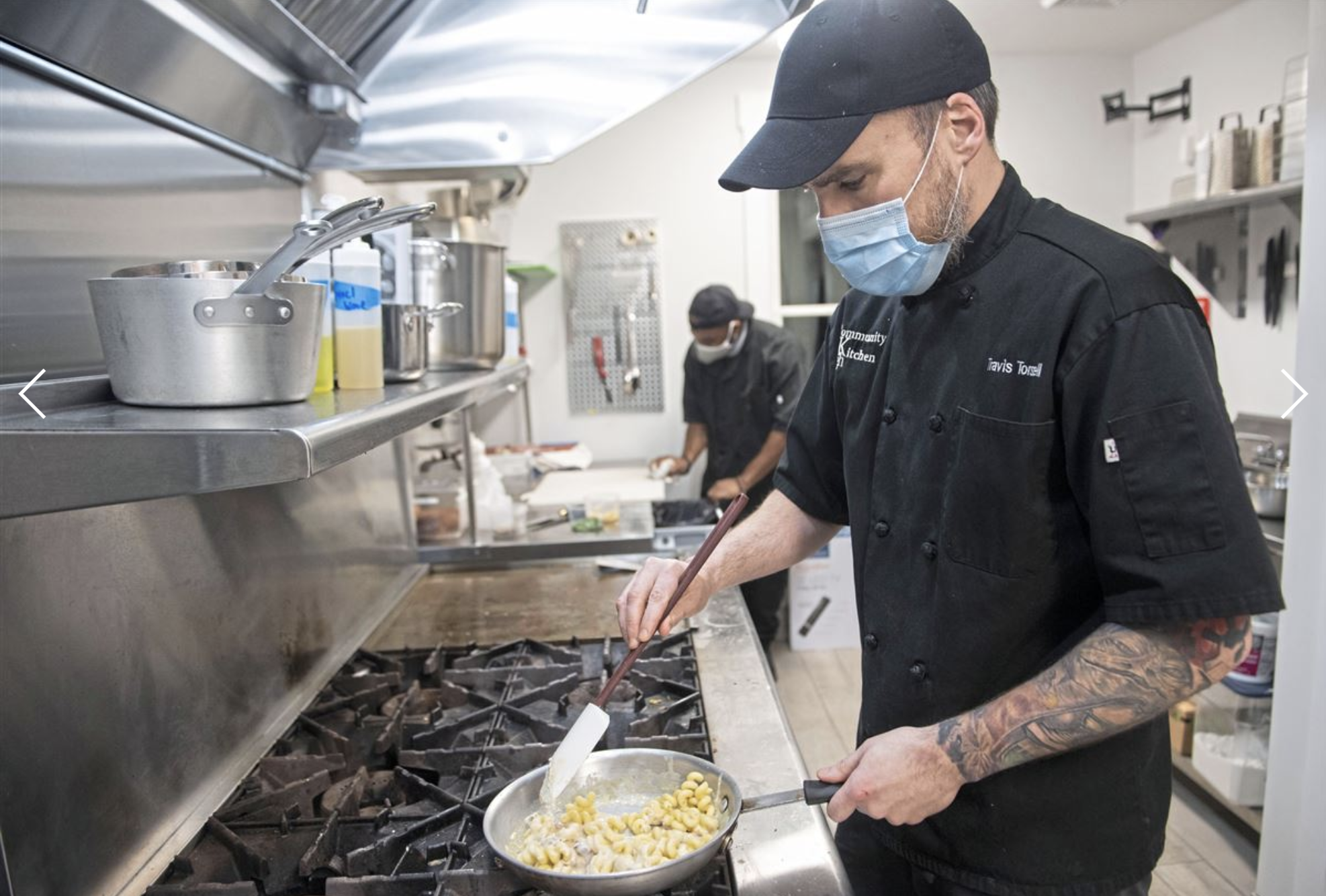The Woods House, Pittsburgh's oldest residence, comes back to life as a pub
Published by Bob Batz, Jr., Pittsburgh Post-Gazette | Read the article
When it opened on Dec. 4, The Woods House was more than just a cool new restaurant.
It is that: A cozy Scottish pub off the beaten path on a residential street in the city’s Hazelwood neighborhood, serving traditional fare such as Potato Leek Soup, Guinness Steak Pie, Fish & Chips and Bread Pudding with Scottish whisky sauce as well as spirits and beer. But the rustic stone and wood setting is more than just decor.
The limestone house is named for Scottish immigrant Col. George Woods, the surveyor who laid out what is now Downtown Pittsburgh in 1784. It is believed that he built this house, on a bluff overlooking the Monongahela River, with stone quarried from the same ground, for the caretaker of what was then the sprawling Scotch Bottoms Farm in 1792. That makes it 228 years old.
It has survived long enough to be considered the oldest house in Pittsburgh, and one of the city’s oldest buildings after the Fort Pitt Blockhouse, which dates to 1764. (The Neill log cabin in what’s now Schenley Park may be older, but very little of it is original.) Woods’ son, John Woods, who finished laying out Downtown Pittsburgh and who was an elected official and a figure in the Whiskey Rebellion, also owned in the house, which later was visited by composer Stephen Foster, who is said to have created the song “Nelly Bly” here.
Because of its historical and architectural significance, City Council designated the Woods house as a historic site in 1977, four years after it was last lived in, and it was added to the National Register of Historic Places in 1993. But it sat empty, boarded up and condemned, even after the Urban Redevelopment Authority purchased it for $25,000 in 2001, hoping to save it. It very easily could have collapsed and disappeared.
So when it finally opened to diners and drinkers — albeit, for only about a week before having to temporarily close because of the state’s holiday COVID-19 restrictions — it was more than just a restaurant reopening. It was a seminal piece of Pittsburgh, coming back to life, in its third century.


